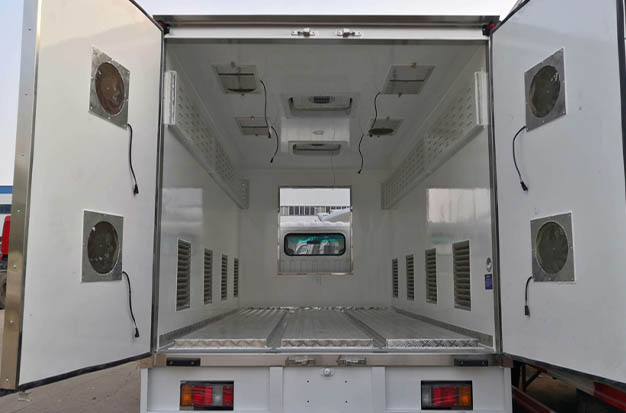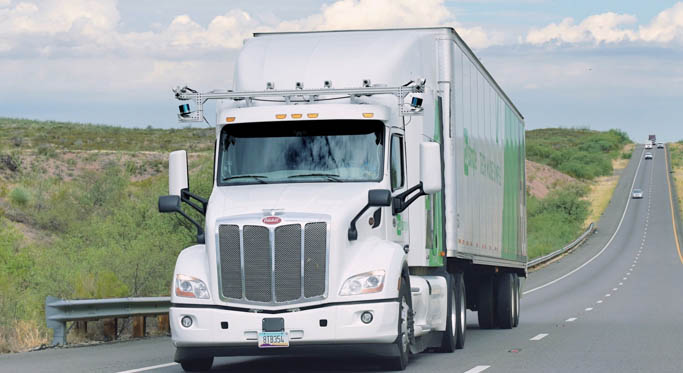
How to Transport Chickens in a Truck – Tips and Tricks
In order to help you understand how to safely use trucks to transport chickens, we have compiled this guide on how to transport chickens and henhouses, and provided some useful tips. If you take the whole device with you, you must make a plan on how to move the chicken and its cage. Even if you’re leaving the coop, you still need to figure out how to move your flock in a way that puts minimal pressure on you and them.
Planning Before Transporting Chickens
Get everything ready before transportation, which will help you stay relaxed when transporting chickens. You should make a copy of the following list and put it in a safe place for reference.
First and foremost, a suitable transport container.
We recently talked about chicken cages, which are one of the safest and safest ways to transport chickens. The crate has a locked door, and the frame is hard, and your chicken can’t escape. For long-distance travel, you need a bigger box, because it is very important for your chicken to move around
You can also consider using a large enough metal dog cage to make your hen stand up and walk around, which is very comfortable. They give chickens more room to move, which is infinitely good for hens in long-distance situations.
If you only transport one or two chickens in a short distance, a strong carton with several modifications is enough. You need to create air holes and close the box firmly with some rope or tape.
In addition to shipping crates, you also need:
- Each crate is equipped with a small feeder and water dispenser.
- Water supply and ice water.
- Pidell pad or similar (keep the car clean).
- A thin blanket or sheet placed on a crate.
- Straw for large crates with rigid floors.
- Soothing herbs (such as lavender).
- There are many delicious foods, including building blocks.
- Fresh fruit like watermelon.
- Extra cartons for emergencies.
If you are going to an exhibition or performance, remember to bring everything you need to make your bird look the best – a beautiful package if you like. However, if you are moving to a new home, make sure you have the necessary permits to transport chickens across state or national borders. At the same time, make sure you can raise chickens in your new area. Just in case, the last thing is to arrange a veterinarian in your new town.
How to Transport Chickens by Truck?
Like long-distance driving, truck transportation has its own uniqueness in more basic water, air and safety issues. On the truck, the main problem faced by the chicken is safety, and the water and air problems will be easier to deal with without worrying about damaging the car.
Open air trucks provide a good source of oxygen for your chickens, but they also increase their own risks. A truck that is completely open to the air may expose chickens to extreme weather – rain, snow, even too much sunlight – which will make chickens bear taxes beyond their ability to bear. Therefore, you can either provide some shelter for the chicken behind the truck, or use a truck that is not completely open to the air. This will not only help protect your chick from bad weather, but also help protect your chick from any changes in the road, such as loose gravel or water spray from passing vehicles, otherwise it will cause pressure on the chick’s sensitive temper.
Of course, water and air are still important factors in chicken transportation, but in fact, your chicken is on the bed of the truck, not on your car seat, which allows you to provide open water without worrying about leakage. This will help speed up your journey, because if you don’t have a stable water source to raise chickens, you will be able to skip the necessary water cut-off.
What Should Be Considered During Chicken Transportation?
1. Create a Healthy Environment
Access to fresh air and water is essential. Chickens have no sweat glands and are easy to overheat in warm weather, especially when their environment lacks good ventilation. Select vehicles that allow airflow during transportation and ensure that each poultry suitcase has a breathing slot.
When chickens feel the air flowing, they will be more comfortable and calm. This is equivalent to humans enjoying a cool summer breeze. However, please be careful not to choose transportation vehicles that are completely open to the environment. Open air vehicles cannot protect chickens from potential rainfall, snow, debris kicked up on the road or gusts.
Chickens also need fresh water every few hours, otherwise they will be dehydrated and more stressed. Long distance travel also requires feeding every four hours.
Try to create an environment where your chickens can get the air flow, water and feed they need, and minimize interference.

2. Small Black Box
When you want your chicks to feel the breeze, you also need to limit their exposure to light. Use a small dark crate to reduce pressure. Check the air holes to ensure that they are not large enough for a large amount of light to enter. Chickens go to sleep in the dark, which makes them relax. You can make your crate darker and keep enough fresh air at the same time, the better.
Using a small crate that can hold two or three chickens is the best way to move the flock. Comfortable accommodation will prevent movement during transportation, and the company of other chickens will keep them calm.
3. Keep Journey Quiet and Smooth
Try to avoid travel routes with heavy traffic, heavy construction and rugged roads. Smooth and quiet driving will minimize the chance of poultry under pressure.
Before transporting the chicken, place the crate on a sound-absorbing surface, such as a blanket or rubber pad, to reduce the noise they will encounter. It is also a good idea to consider using insulated vehicles.
4. Preparing the Housing
Before you move the chickens from one location to another, please prepare new housing facilities, including the following basic elements:
- Fresh feed and water
- Clean bedding (straw or shavings)
- A fence that protects animals from predators
You want the environment to feel normal and your chicken to be as satisfied as possible when it reaches its new location. For best results, take time to make sure everything is ready before transporting chickens.
If you follow these four steps, you will greatly reduce the chance of poultry pressure affecting chickens. It is also wise to take precautions and implement a stress management plan before transporting chickens. This helps prevent early outbreaks of stress by keeping chickens in optimal health.
How to Transport Chicken Cages In Truck?
When you move, you need to decide whether it’s worth moving, or you’d better build a new one. Please note that the henhouse may be part of your property and need to be retained after you sell it. If you plan to take it with you, please make this clear in the delivery documents so that the buyer can know it clearly.
Moving chicken cages can be tricky and may require full or partial disassembly prior to transportation. However, if you have a small cage, you can stick it to the flatbed truck, or even the lathe of the pickup truck. (you can put it in the mobile truck rental first, but please consult the rental company in case.)
You can also entrust the task to professional players, call some nearby hut companies and ask them if they can help you remove the chicken coop and how much it costs to do so. They may need to go to your house to evaluate the cooperative, so give yourself enough time to complete this step. As for the cost, the farther you have to move, the more the price tag may rise. If you want to cross state boundaries, it may be more cost-effective to buy a new cooperative. It’s not complicated to move the chicken and henhouse to a new house, but it really needs careful planning. Following the above steps and tips, it should not be too difficult to relocate your chickens and make everyone happy.
Learn more about how to transport the following items together!
- How to Ship & Transport Frozen Breast Milk
- How to Transport a Mini Fridge In Simple Ways?
- How To Transport A Charcuterie Board – Pack & Transport
- How to Transport a Bike Without a Rack – 3 Common & Useful Ways
- How to Transport Cupcakes In the Most Simple & Economical Way
- How to Transport Drywall in Truck – Safe & Simple Ways
- How To Transport A Dirt Bike With Simple Ways?
- How to Load and Transport a Motorcycle into a Truck?
- How Should Firearms Be Transported in a Truck?
- How to Transport a Kayak in a Truck?
- How Many Yards of Concrete in a Truck?



Average Rating